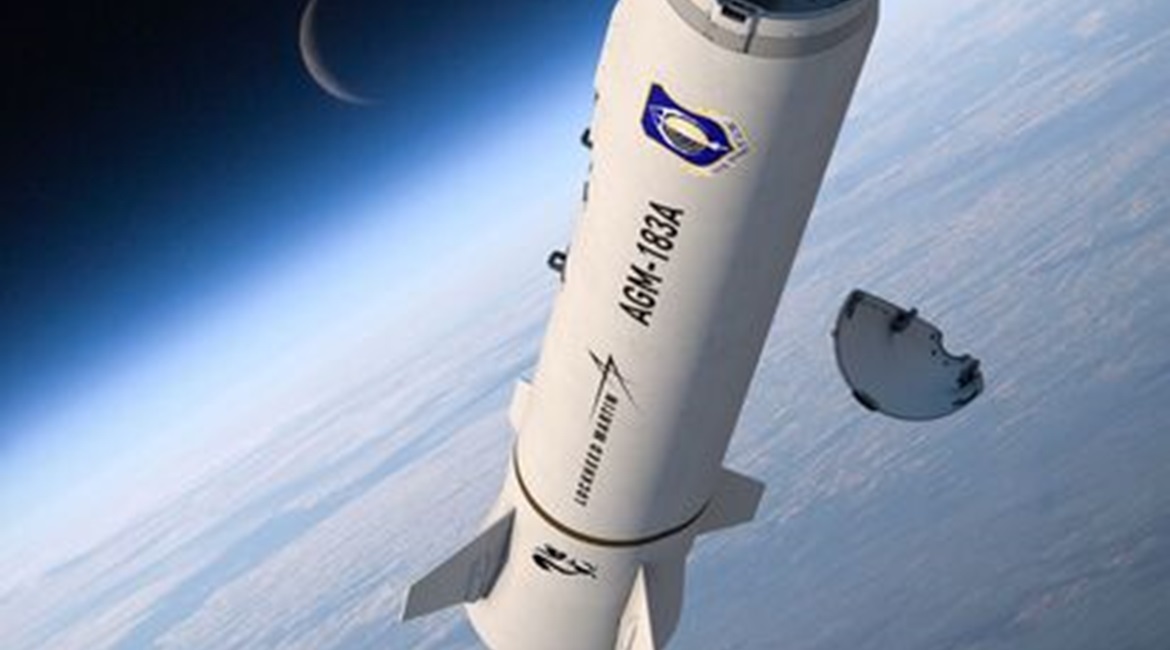
The US Air Force (USAF) 780 th Test Squadron, based at Eglin Air Force Base, Florida has successfully conducted the first arena test of the warhead intended to equip the Lockheed Martin AGM-183A Air-Launched Rapid Response Weapon (ARRW) prototype conventional hypersonic glide weapon system.
Intended to collect lethality data on developmental AGM-183A weapon, the detonation test was designed and conducted “to ensure the customer's data requirements were met using new and improved test tools, technologies, and techniques”, according to a USAF statement released on 7 July.
“The unique nature and shape of the warhead required a lot of firsts for everyone involved,” said 780 th Test Squadron's David Spiker, who managed the test. “Some of the firsts were the new and unorthodox design and construction of the test arena, the test procedures and equipment, the warhead's fragmentation data collecting, and the post-test data processing to ensure the warhead's effects have been accurately characterised,” the USAF said. The air force did not disclose where or when the test was conducted. Further tests are expected this year.
While the prototype warhead arena test announcement marks another milestone in the accelerated development of the AGM-183A ARRW programme, a second attempt by the USAF to flight test the ARRW Booster Test Vehicle-1b (BTV-1b) from a B-52H Stratofortress failed to materialise during a test on July 28 over the Point Mugu Sea Range, southern California.
According to a statement by the Air Force Life Cycle Management Center's [AFLCMC] Armament Directorate, published on July 29, “objectives for the test included demonstrating the safe release of the booster test vehicle from the B 52H and assessing booster performance”.

Looking to read the full article?
Gain unlimited access to Janes news and more...




